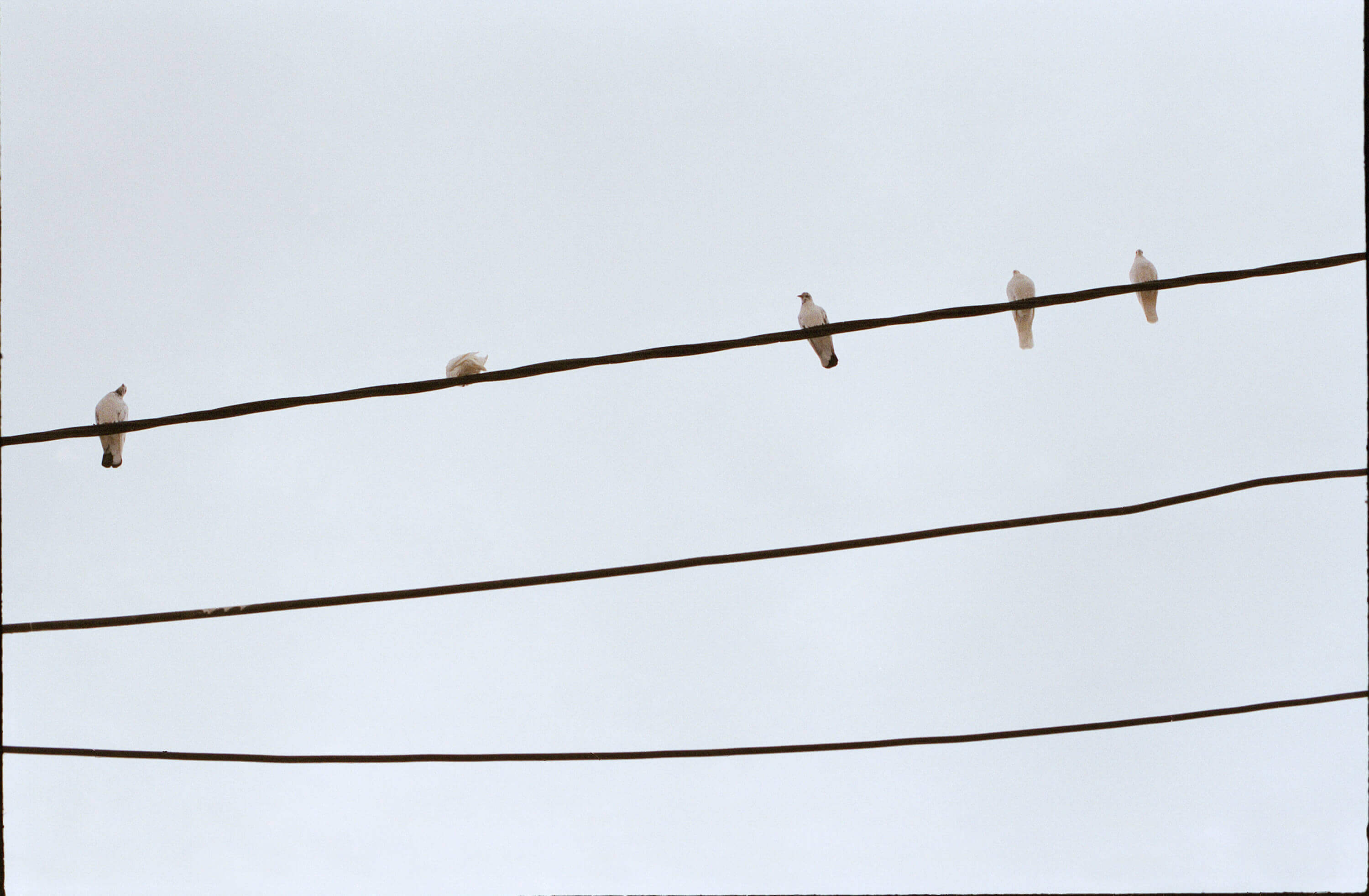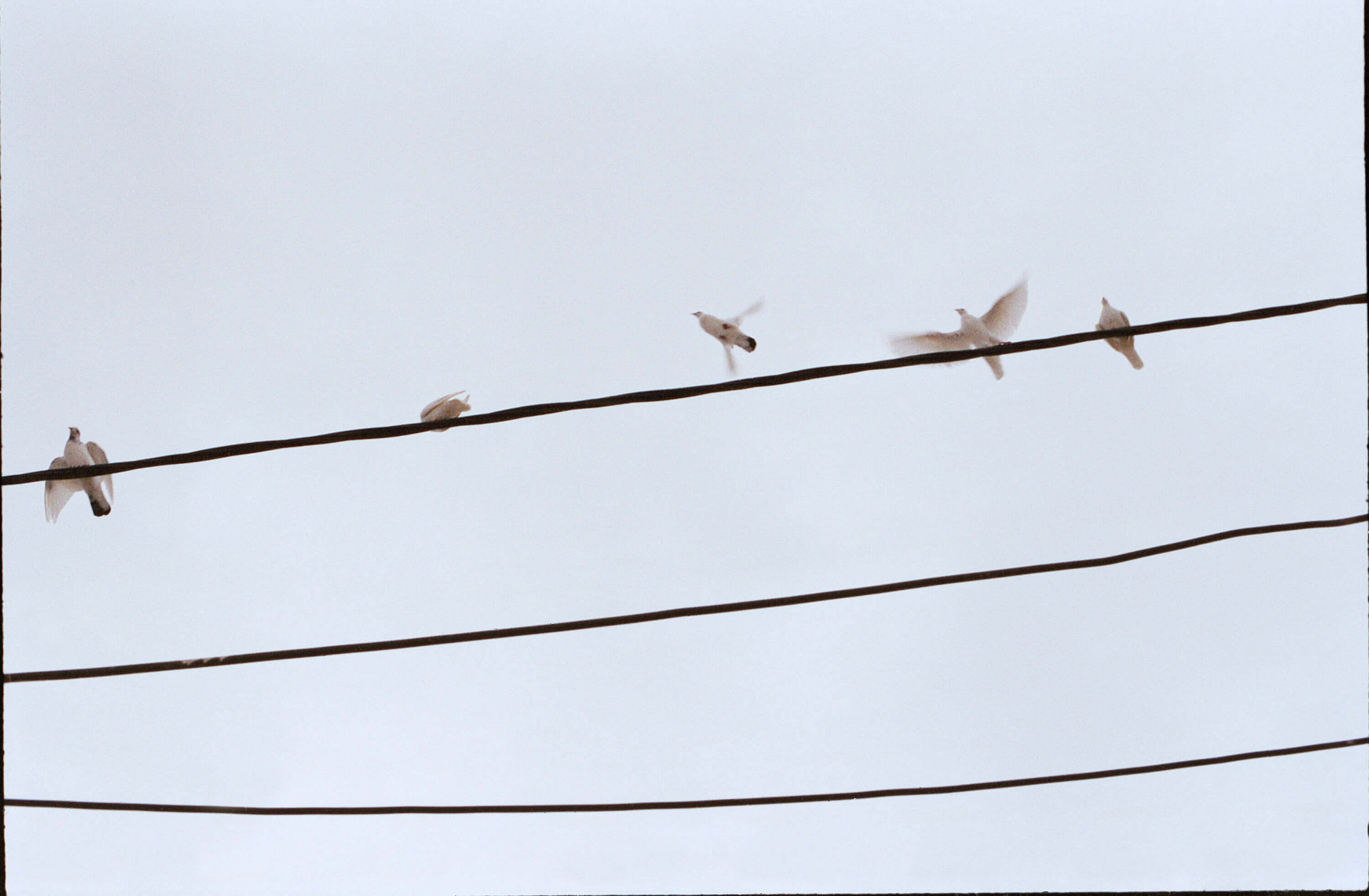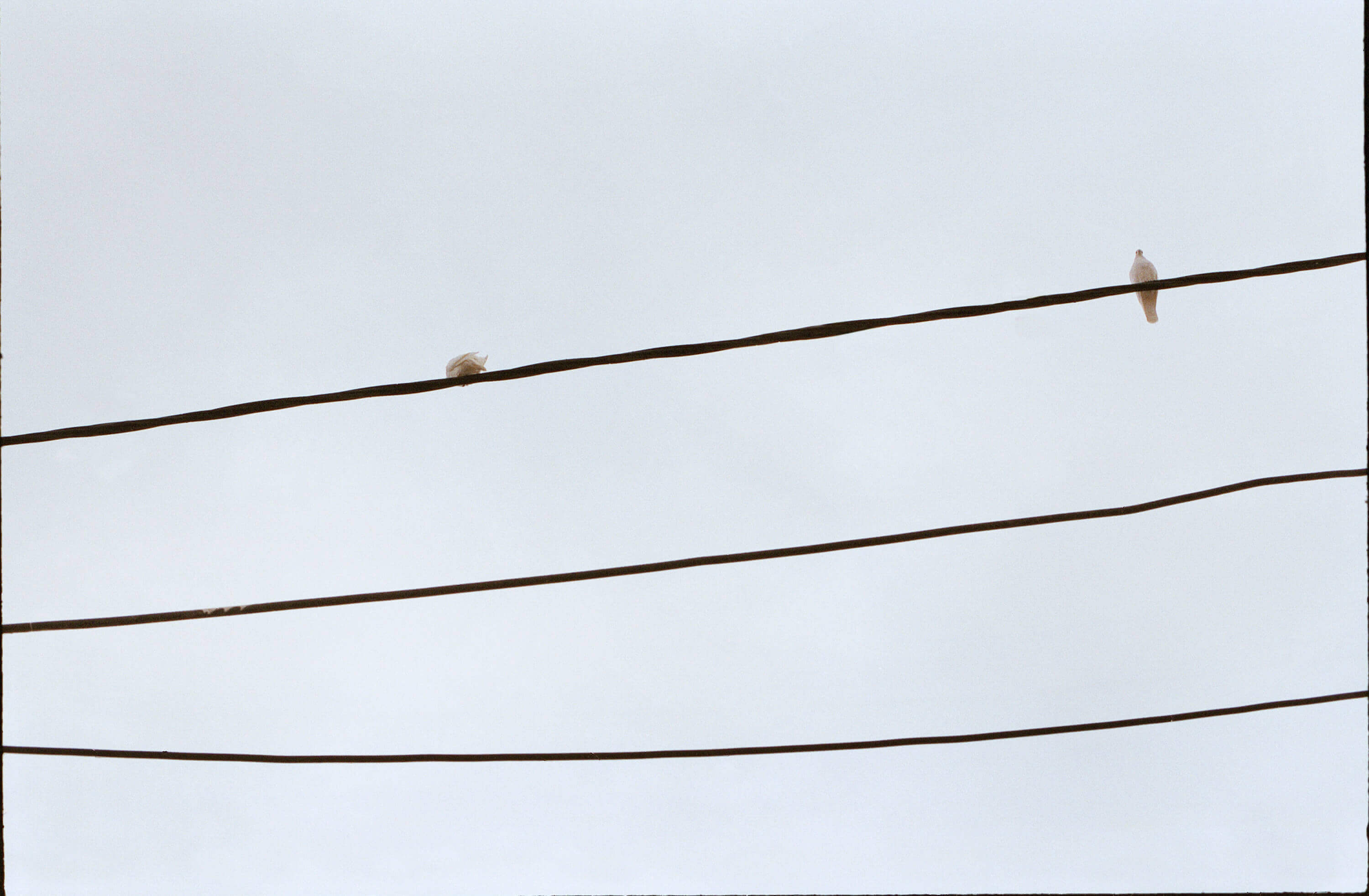“Then there are dream maps…,” began the Cartographer as we sailed by the long, white beach of an island off the coast of Cambodia. It is his retreat. It was his base for making the maps of the Koh Rong archipelago. Before that, he had done the same job in Tibet and Nepal.
Dream maps, the Cartographer explains, are not fantastical, imaginary places. They are not drawings of places, like that beach, in which an island dreamscape materializes. They are not comparable to the mind maps of the Australian aborigines, who retrace the routes created by the ceaseless walking of their mythical forefathers in Tjukurrpa, or Dreamtime. They are a mixture of all this, according to the Cartographer and other dreamers like him. They are maps of places that really exist. But they are also maps of dreams because they represent dreamt-about places, places thought not to exist, to be the stuff of legend, but which are found by following and verifying a myth or a story.

As we sailed around the islands and told real and imagined tales, maps materialized in our stories. “That’s what cartographers are for. To draw what lies beneath, what the satellites cannot see.” His was a topographic version of the tantric illusion of Maya, somewhere between reality and dreams, perception and sensation.
Inevitably, the aphorism of Alfred Korzybski, the father of general semantics, came to mind: “The map is not the territory.” Although the real reason I remembered this was because it is a line by Robert De Niro in the film Ronin. The meaning is clear, but that boat trip made me think that the map can be the territory, especially if it is a dream map. To a certain extent it is as Gregory Bateson, expert in ecology of the mind, said: “The distinction between the name and the thing named or the map and the territory is perhaps really made only by the dominant hemisphere of the brain. The symbolic and affective hemisphere, normally on the right-hand side, is probably unable to distinguish name from thing named. It is certainly not concerned with this sort of distinction.”
An old aborigine, Warlpiri, whom I met in Australia’s Red Centre, had sensed this by pure illumination. “The earth is a map. There is no geography without meaning and without history”, he had told me, while showing me the route I had to follow with a squiggle in the sand.

The Cartographer became double, a shadow. Seemingly beckoned by encounters, memories, plans, by chance, will or serendipity. Taking on a different appearance every time: a monk, a magician, a spy, an adventurer of the body or mind. Whatever form he takes, he acts as a guide when a journey gets complicated, or leaves the beaten path. He helps to observe. That’s all we should do when travelling.
As written by Joseph Campbell, one of the greatest scholars of mythology and religious thought: “One does not say to one’s eyes, ‘Go out and do something to that thing out there.’ One looks, looks long, and the world comes in. There is an important Chinese term, wu-wei, ‘not doing’, the meaning of which is not ‘doing nothing’, but ‘not forcing’. Things will open up of themselves, according to their nature.” The world that opens up before you is a mental space, after being experienced physically, on a journey. What comes to be is an atlas of your internal space. And its maps enable you to find the coordinates of the outside space.
Travel becomes meditation. As Alan Watts, western teacher of Zen, writes: “Zen has no goal; it is a travelling without point, with nowhere to go. A world which increasingly consists of destinations without journeys between them, a world which values only “getting somewhere” as fast as possible, becomes a world without substance. One can get anywhere and everywhere, and yet the more this is possible, the less is anywhere and everywhere worth getting to. For points of arrival are too abstract, too Euclidean to be enjoyed.” In the Zen tradition there is a figure who explains this concept well: the Unsui, the wandering monks who undertook a spiritual journey in search of the essence of life, represented by their very wandering. In Japan they called them “fleeting clouds or floating water”: the monks lived nowhere, they went, free as water, as the air. “…Moving ‘cross the borders Of My Secret Life”, sang Leonard Cohen in his first album after years of silence in a Buddhist monastery.

I am “transfixed by meridians and parallels”. It’s not something that I said, unfortunately. I heard it a long time ago from Alberto Ongaro, who in turn was citing Hugo Pratt. I’ve passed it off so many times now that I can’t do without it anymore. The perfect justification for many strange stories, just like the ones of a traveller following a dream map.